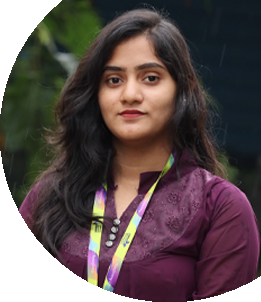| S.No | Name of the project | Abstract |
| 1 | DESIGN OF WAVE TANK AND HYDRO DYNAMIC EVALUATION OF FLOATING PLATFORMS FABRICATED WITH REPURPOSED HDPE WATER CANS | This project focuses on exploring floating platforms constructed from repurposed HDPE water cans, emphasizing the design of a specialized wave tank, hydrodynamic analysis using ANSYS Fluent, and experimental validation. The wave tank’s design is crucial for replicating realistic wave conditions, optimizing dimensions, wave generation mechanisms, and structural considerations for accurate testing. ANSYS Fluent, a computational fluid dynamics (CFD) software, will conduct hydrodynamic analysis to simulate the behavior of the HDPE water can-based floating platforms under various wave scenarios. This analysis will provide insights into fluid-structure interaction, wave-induced forces, and dynamic response, serving as a baseline for comparison with experimental data. The project will incorporate physical testing of sensor-equipped platforms within the wave tank to capture real-time data on stability, buoyancy, and other parameters. By comparing experimental results with computational simulations, the project aims to validate the accuracy and reliability of the numerical model developed in ANSYS Fluent, enhancing understanding and optimizing the construction of sustainable floating platforms. |
| 2 | SHIP DETECTION USING DEEP LEARNING & SAR IMAGER | Ship recognition using Synthetic Aperture Radar (SAR) images is crucial for maritime surveillance and security. Current methods employ feature extraction, machine learning, and deep learning techniques to automatically identify and classify ships in SAR images. Challenges such as clutter and noise necessitate the development of adaptive filtering, speckle reduction, and segmentation approaches. The application scope includes maritime surveillance, search and rescue, and piracy prevention. Deep learning methods, particularly convolutional and recurrent neural networks, exhibit promise in enhancing recognition accuracy and robustness. Future advancements in SAR technology and machine learning algorithms are anticipated to bolster maritime security operations further. The existing model encompasses a comprehensive review of ship recognition techniques in SAR images, including feature extraction, machine learning, and deep learning. It evaluates the effectiveness of adaptive filtering, speckle reduction, and segmentation methods in addressing clutter and noise challenges. The proposed system builds upon the existing model by conducting a detailed comparative analysis of various feature extraction, machine learning, and deep learning techniques for ship recognition in SAR images. It aims to explore novel approaches for adaptive filtering, speckle reduction, and segmentation to enhance noise mitigation capabilities. Additionally, the proposed system investigates advanced architectures and training strategies for convolutional and recurrent neural networks to achieve superior recognition performance. By integrating state-of-the-art methods and addressing existing limitations, the proposed system endeavors to advance the field of ship recognition using SAR images for more effective maritime security operations. |
| 3 | SHIP DETECTION USING DEEP LEARNING ANS SAR IMAGERY | The features of synthetic aperture radar (SAR) has been One of the key advantages of CNNs is their ability to learn widely used in maritime surveillance. While various object detection hierarchical representations of data, automatically capturing complex techniques have been proposed, currently, the techniques for patterns and structures within images. This hierarchical feature detecting ships are inconsiderate to the small-scale vessels. Due to the complexity of images, traditional classification techniques often learning allows CNNs to adapt to the varying appearance of ships fail to classify complex images. Also, the intricacies of numerous across different photographs, even in challenging conditions such as ships, varying imaging settings, and limited tagged images have varying lighting, imaging orientations, and diverse ship classes. made ship categorization difficult in optical images. While the traditional classification approaches rely on feature extraction; Furthermore, CNNs excel in target segmentation tasks, making them however, they frequently fail to design well-performing features for particularly well-suited for ship categorization. By leveraging complicated images, this paper presents a method that learns architectures such as Fully Convolutional Networks (FCNs)or U-Net, discriminative features and achieves strong classification accuracy CNNs can accurately delineate ship boundaries within images, using deep networks. A novel multi-scale method that uses an R- enabling precise classification and recognition of ships even amidst CNN network has been applied to extract the features of the images. cluttered backgrounds or overlapping vessels. We studied various aspects of ship photography and present the findings in the experiments. The R-CNN-based technique works well for ship categorization, capable of learning discriminative features. |




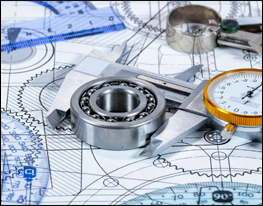







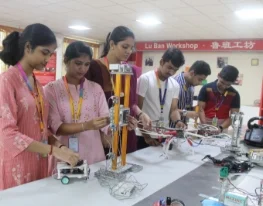
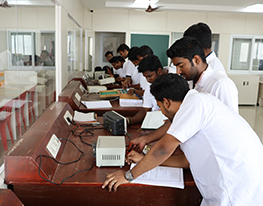

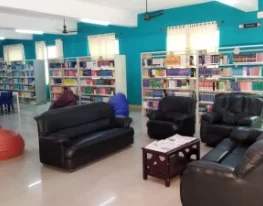

 Quick Links
Quick Links